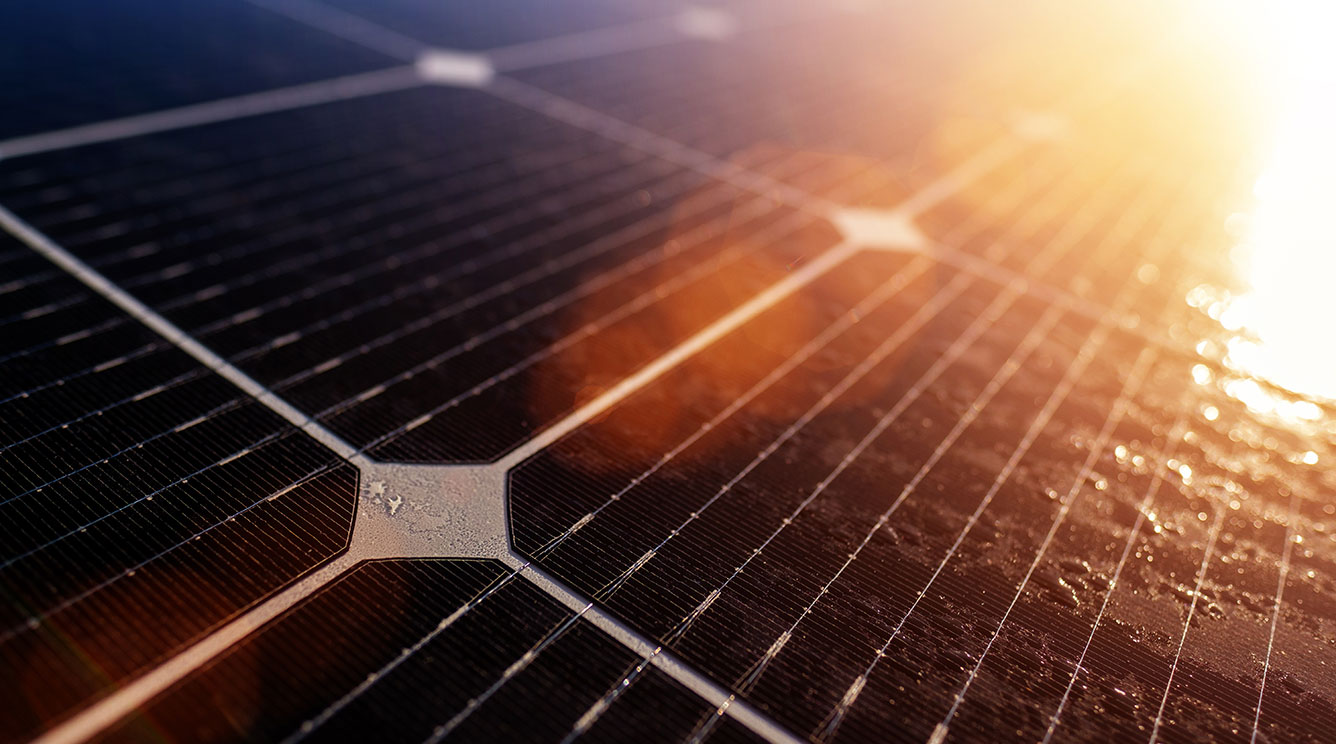
As part of AES Engineering’s 29millionby29 investment pledge, we have been looking at the economics and benefits of investing in solar farms.
We are already installing solar panels at our most significant global operations, combined with energy-saving measures such as voltage optimisation and the investment in large storage battery arrays.
The recent spike in wholesale gas prices has put energy security at the top of the agenda for most governments in Europe, and while this might seem an argument for more investment in renewables, there is also a downside.
Spain, for instance, has announced emergency measures to limit the profits that energy companies can make from gas alternatives, including renewables. The government is also hoping to cap what consumers are paying for their electricity. Spain is not the only country to talk about capping energy price increases, with France and Greece making similar moves. But these plans have their critics as caps could undermine investor confidence in renewables, making a painful run-up to the upcoming UN Climate Change Conference in Glasgow. So, remembering that the real benefit we are seeking is more fresh air and a better environment for everyone, what has AES Engineering found out about solar farm investment in some of the areas in which we operate?
We have found some locations rather difficult for reasons due to public policy, land availability and so on, but have done some calculations on potential schemes in the US and Spain.
These are relatively small-scale schemes that might form part of the environmental policy mix for medium-sized companies that are keen to reduce the potential cost of future offsetting and also boost their environmental credentials.
AES Engineering has calculated that for 2021 it needs to offset 4,500 tonnes of CO2e in order to cover its Scope 1 (direct) and Scope 2 (indirect) emissions.
In broad terms, we have found that the price to set up a solar farm in Texas capable of generating enough power to offset 2,500 tonnes of CO2e would cost somewhere between $12M to $15M and generate around 12.5 GWh.
Each GWh of solar energy production requires around 2.8 acres of land (1.13 Ha) and 12.5 GWh per year at a conversion factor of 0.2 gives 2,500 tonnes of CO2e per year. Obviously, the CO2e saving is just part of the economic case.
In Texas, the price you could get for selling any excess production is in the region of 10 cents per kWh, which would generate around $1.2M in revenue less costs to operate (some security and maintenance), with a 10 to 12 years payback.
When we initially looked at the possibility of a solar farm in Spain we found that the price of setting up would be similar. However, it is difficult to accurately price the value of excess production during the present period of uncertainty. Price caps will cause jitters among some potential investors.
While consumers are clearly suffering and deserve our sympathy, it is not hard to see that private investment may not be compatible with government policy in certain countries, and that must be part of the public policy debate going forward.
In the meantime, we will continue investigating what’s the best deal for our £29 million investment pledge, not just for the company, but also for the planet.

Follow the journey and keep up to speed with the updates in our Betterworld.Solutions magazine and the #29millionby29 campaign on Chris Rea’s LinkedIn.



